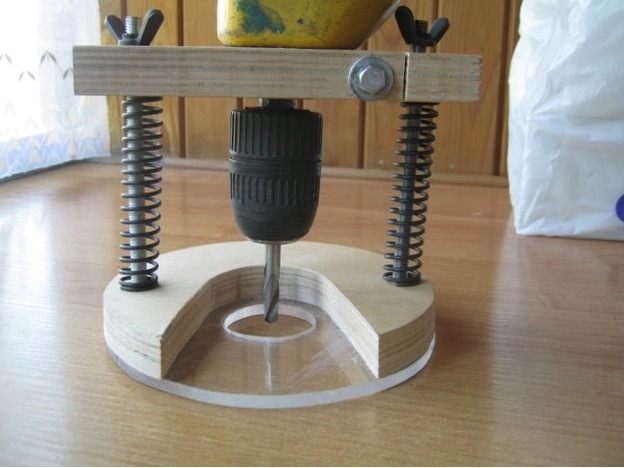We have prepared for you a material about automation for a borehole pump. In this article, you will learn what is automation for a borehole pump, what is considered automation for a borehole pump, the principle of operation downhole pump automation, how protective automation for a downhole pump works, what are the advantages and disadvantages of downhole automation pump.
The content of the article
- What is a borehole pump. What is considered automation for a borehole pump. What functions does automation perform for a borehole pump
- How automation works for a borehole pump. Well Pump Protection Mechanisms
- Pros and cons of well pump automation
What is a borehole pump. What is considered automation for a borehole pump. What functions does automation perform for a borehole pump
Downhole pump automation - a set of electrical devices on pumps. These include pressure switches, dry-running protection, overheating/overload protection, power surges, and leaks. Indirectly, automation can be called a pressure gauge, thanks to which the user knows what pressure is in the pipeline and can regulate the operation of the pump.
Pump automation functions:
- Management and automatic work.
- Protection.
A set of these devices allows you to better control and regulate the operation of the electric pump. Also, the system of these devices ensures automatic operation of the pump - the mechanism turns off on its own when the line is filled with water and the pressure reaches the required level. The pump cut-off pressure level can be adjusted thanks to the pressure switch. You can control the speed of the motor.

Automation protects both the line itself and the pump. When water fills the pipeline and the required pressure rises, the relay turns off the motor so that the water supply does not receive a water hammer. Automation creates a supply of water, thereby extending the life of the pump. It is also convenient when the electricity is turned off - there is a supply of water at home. Automation protects the pump from dry running - when there is no water in the chamber, and the motor rotates the impeller with blades. To do this, there is a mechanism inside that starts in the absence of water - it opens the contacts, and electricity does not reach the motor.
How automation works for a borehole pump. Well Pump Protection Mechanisms
The operation of the pump automation occurs mechanically - by measuring the physical parameters of water in the pipes for supplying and discharging liquid. For example, a pressure switch: the main structural elements are a housing, two springs / pistons, adjustment nuts, a flange, a membrane, clamps for contacts. The water pipe is connected to the pressure switch through a flange. It contains a flexible membrane. The pump pumps water into the line, the pressure rises, and the water presses hard enough on the membrane. It presses on the pistons / springs, which open the contacts, and the electricity does not reach the motor - the pump stops.

The hydraulic accumulator can indirectly be considered the automation of a borehole pump, so we will also describe its principle of operation. It is a balloon with a membrane inside. The membrane separates the empty part of the cylinder from the air-filled part. Air is pumped into it at the factory. Water is poured into the empty space. When there is a lot of it, it presses on the membrane, compressing the air. After you open the faucet, the air will push out the water. This increases the pressure in the system.
Modern borehole pumps are made integral - in them the control unit, motor, pump housing and hydraulic accumulator are combined into one unit. This is necessary so that the pump passes into narrow wells.
The principle of operation of the protective automation of the borehole pump is based on power off. Control mechanisms/sensors associated with radio components are installed in the pump. When the mechanism / sensor gives a signal, the radio components open the contacts and electricity does not reach the motor. For example, dry run protection:
The pump has a mechanism or water sensor. When it does not give a signal, the device opens the power circuit.
Protection against overloads and unstable power consists of a fuse system. When too much current is applied to the pump, the fuses take over.
Pros and cons of well pump automation
Let's say right away that there are no cons to pump automation. If your pump is equipped with automation, there are some pluses. Your device works automatically, turns itself on and off, it has protection against power surges. If the pump begins to leak inside the casing, the safety system will turn off the power and will notify the user of the leak with an LED indicator or a sound signal.
Of the minuses, it can only be noted that some devices do not work correctly / incorrectly, in particular digital and sensors.


